
During a pandemic, the same is true for wearing a mask.
- 2021-03-17
- 2353
However, since the start of Covid-19, there’s been debate over how safe it is to wear a mask while exercising — for both the person working out and the people near them. In December, the World Health Organization recommended people “not wear masks during vigorous” physical activity. The CDC, meanwhile, urges people to wear masks when exercising — even during a high-intensity workout.
Now, a new study offers additional guidance. Scientists report in the European Respiratory Journal there are no adverse health effects associated with mask-wearing while exercising — although wearing a mask can slightly impair performance.
It may not be a good idea to run to your nearest open gym. Studies suggest gyms and other enclosed spaces are areas of increased spread of Covid-19.
However, when it comes to safety associated with mask-wearing specifically — not where you are wearing the mask — the answer appears to be yes.
During the European Respiratory Journal study, researchers ran a test on twelve healthy, middle-aged non-athletes to compare their performance resting and exercising. Each participant tried out three different masks: a surgical mask, a FFP2 mask (similar to a KN95 mask), or a “sham mask.” The “sham mask” was a surgical mask with a hole cut out.
The results suggested exercise capacity did decrease by 10 percent, thanks to increased “airflow resistance” from the mask. But the mask posed no danger for participants even during vigorous exercise and their ability to exercise was not greatly changed.
Piergiuseppe Agostoni is the senior author of the study and a professor of cardiology at the University of Milan. He tells Inverse this analysis “clearly” demonstrates people can successfully workout while wearing a mask, even if there is some “limitation due to the presence of the protective mask.”
The study suggests both surgical masks and KN95 masks are completely safe to exercise in.
To test the effects of wearing different masks compared to wearing no mask, the study used standard surgical masks, a FFP2 mask, and a “sham mask” hidden under a standard silicone mouthpiece standard for CPET tests or exercise tests in a lab setting.
None of the participants or their testers knew which mask they had on while conducting the trials so they wouldn’t be influenced by the kind of mask they were wearing. The mouthpiece hid the mask, and itself does not impede airflow, according to Agostini.
Sarah K. Kemble is the Hawaii Department of Health’s deputy state epidemiologist, and worked on an early case study on community spread of SARS-CoV-2 in three gyms in Hawaii. She says it’s difficult to say how likely gym workouts are to contribute to disease spread. “We don’t really know,” Kemble tells Inverse.
“What we have learned from other settings is that layered mitigation is key,” Kemble explains. “If several safety measures are taken at once, then if any one of them fails, transmission can still be reduced through the other measures that were successfully implemented.”
The CDC recommends reducing risk in the gym from multiple angles: maintaining six feet of separation, masking up, looking for well-ventilated facilities, washing hands, sanitizing surfaces, and avoiding peak hours. Notably, they also recommend taking high-intensity workouts outside.
So, if your nearby gym has great ventilation, requires mask-wearing, and enforces social distancing, for example, the risk of exposure to SARS-CoV-2 might be less compared to a gym without windows or a mask mandate.
-
 2022-04-26Are air purifiers environmentally friendly ?
2022-04-26Are air purifiers environmentally friendly ? -
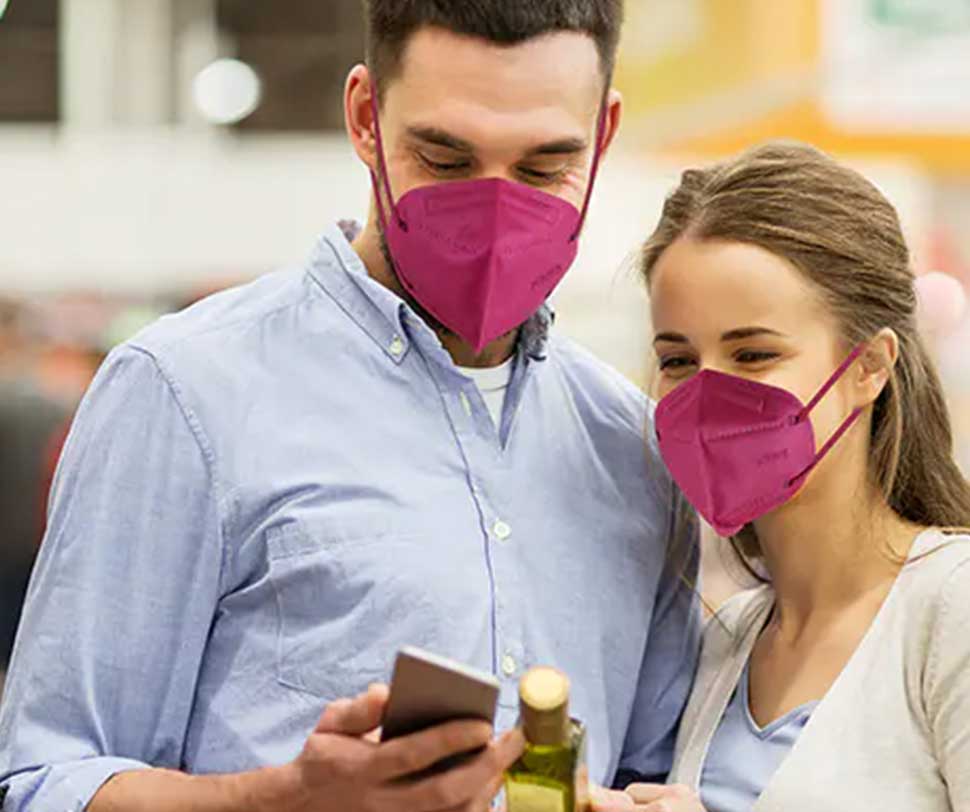 2022-04-26The importance of wearing a mask correctly
2022-04-26The importance of wearing a mask correctly -
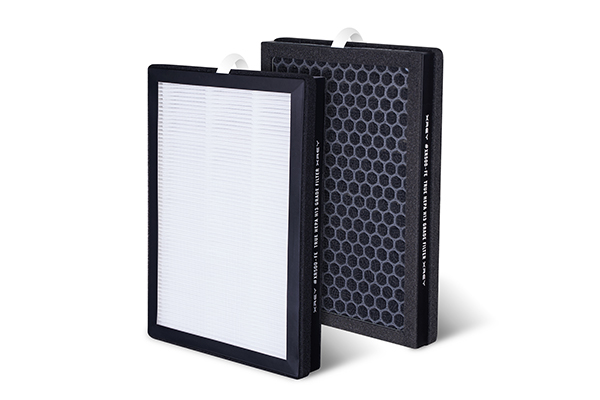 2022-04-27Connexions Air H13 True HEPA Filters
2022-04-27Connexions Air H13 True HEPA Filters -
 2022-04-29What is the use of anion function of air purifier?
2022-04-29What is the use of anion function of air purifier? -
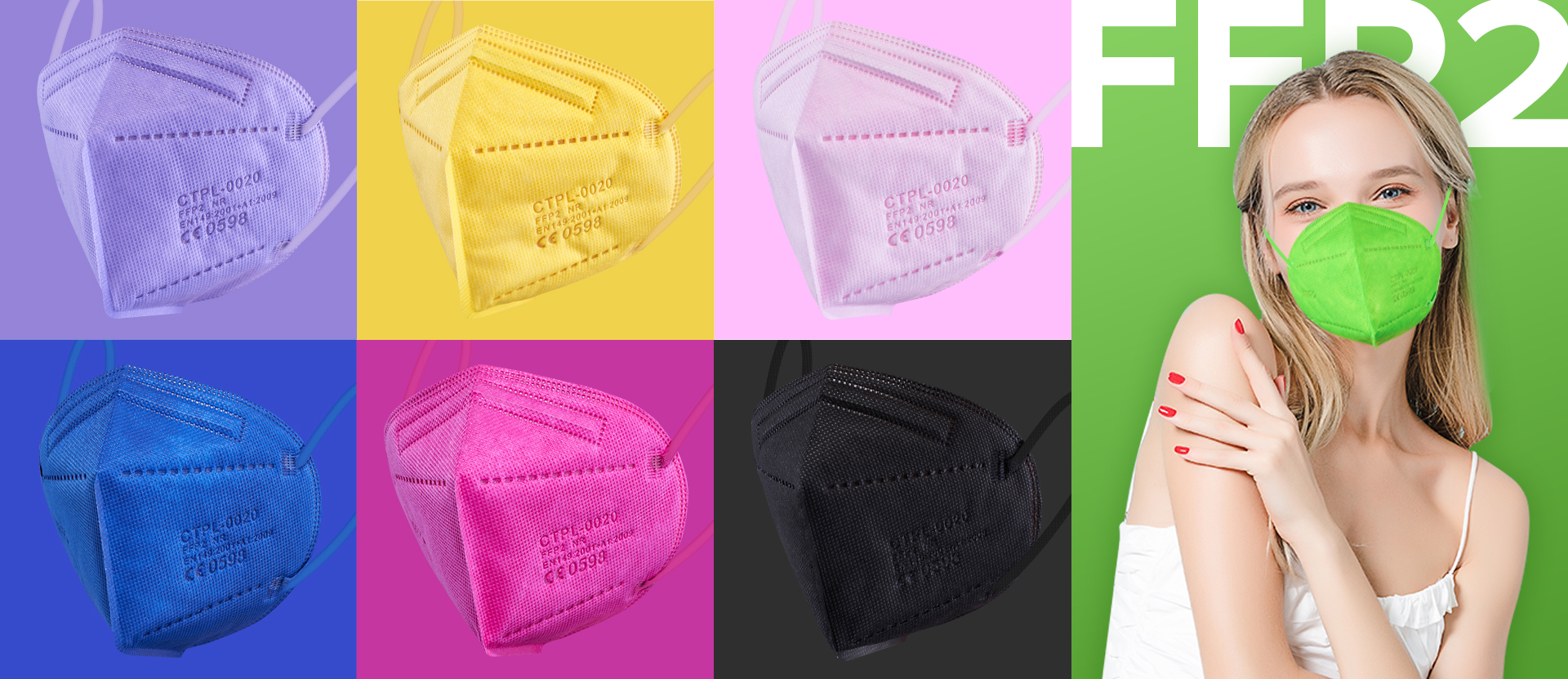 2022-05-08Standardize the wearing of masks, children should not be missed!
2022-05-08Standardize the wearing of masks, children should not be missed! -
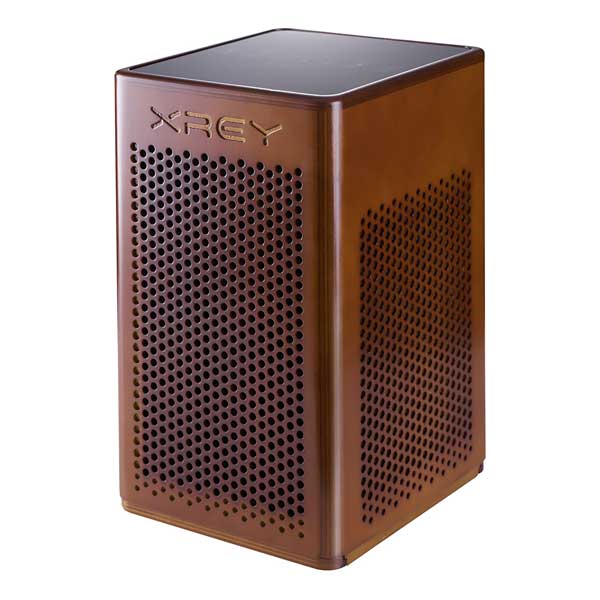 2022-05-16Hazy days, air purifiers are useful?
2022-05-16Hazy days, air purifiers are useful? -
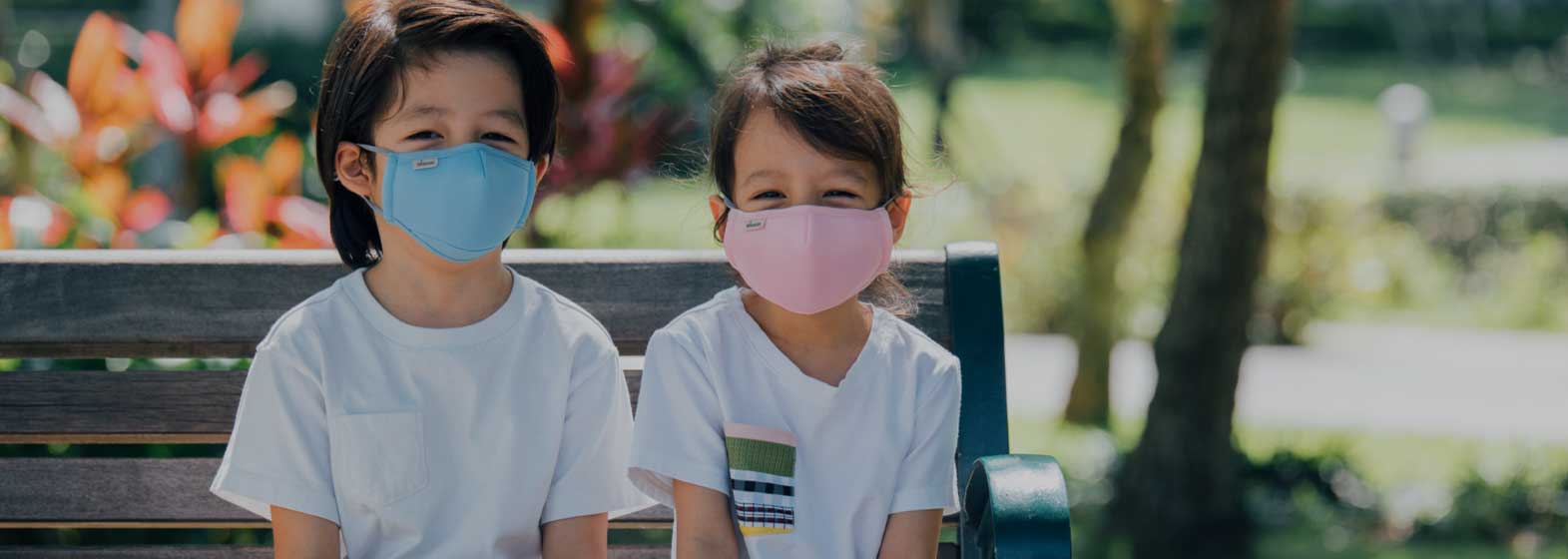 2022-05-16Attention everyone! Don't buy fake FFP2 masks! How do we identify?
2022-05-16Attention everyone! Don't buy fake FFP2 masks! How do we identify? -
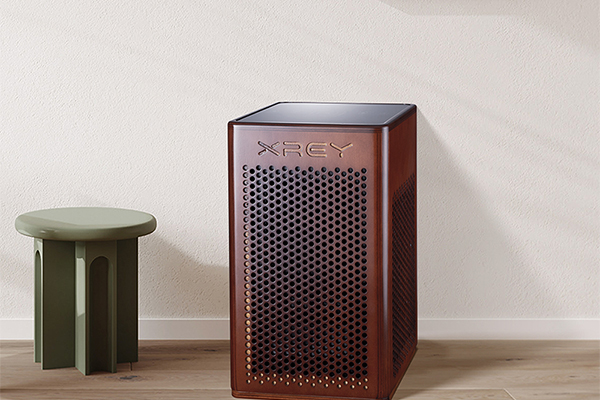 2022-05-17Pay attention to secondary pollution when using air purifiers
2022-05-17Pay attention to secondary pollution when using air purifiers -
 2022-05-17TOP5 pollutants that the purifier can purify
2022-05-17TOP5 pollutants that the purifier can purify
-
 2020-06-02Why do Face Masks Matter With This Coronavirus
2020-06-02Why do Face Masks Matter With This Coronavirus -
 2020-06-02How to Wear Mask
2020-06-02How to Wear Mask -
 2020-06-02Three Principles of Choice of Masks
2020-06-02Three Principles of Choice of Masks -
 2020-06-022020 Situation of Mask Market
2020-06-022020 Situation of Mask Market -
 2020-06-17What other preventative measures can you take to protect yourself from airborne substances?
2020-06-17What other preventative measures can you take to protect yourself from airborne substances? -
 2020-06-08The Advantage of Disposable Face Masks
2020-06-08The Advantage of Disposable Face Masks -
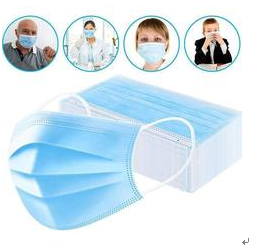 2020-06-093 Ply Disposable Face Mask & Soft & Comfortable Ear Loop
2020-06-093 Ply Disposable Face Mask & Soft & Comfortable Ear Loop -
 2020-06-17What are the regulations for surgical face masks?
2020-06-17What are the regulations for surgical face masks? -
 2020-06-09Do I need to wear a face mask if I am quarantined?
2020-06-09Do I need to wear a face mask if I am quarantined?
CONTACT US


Connexions Technology (Dongguan) Ltd.
We are always providing our customers with reliable products and considerate services.
If you would like to keep touch with us directly, please go to contact us
